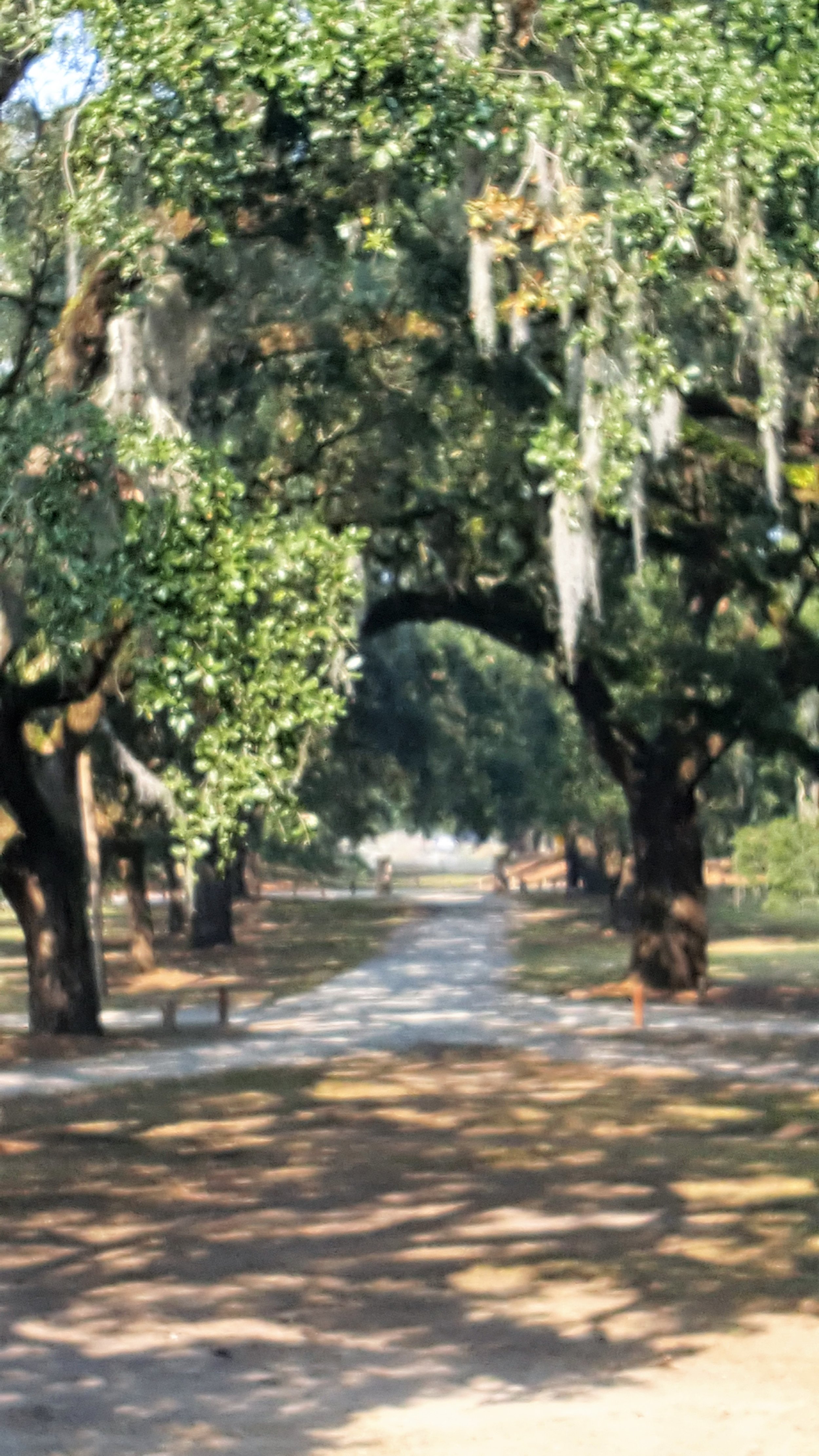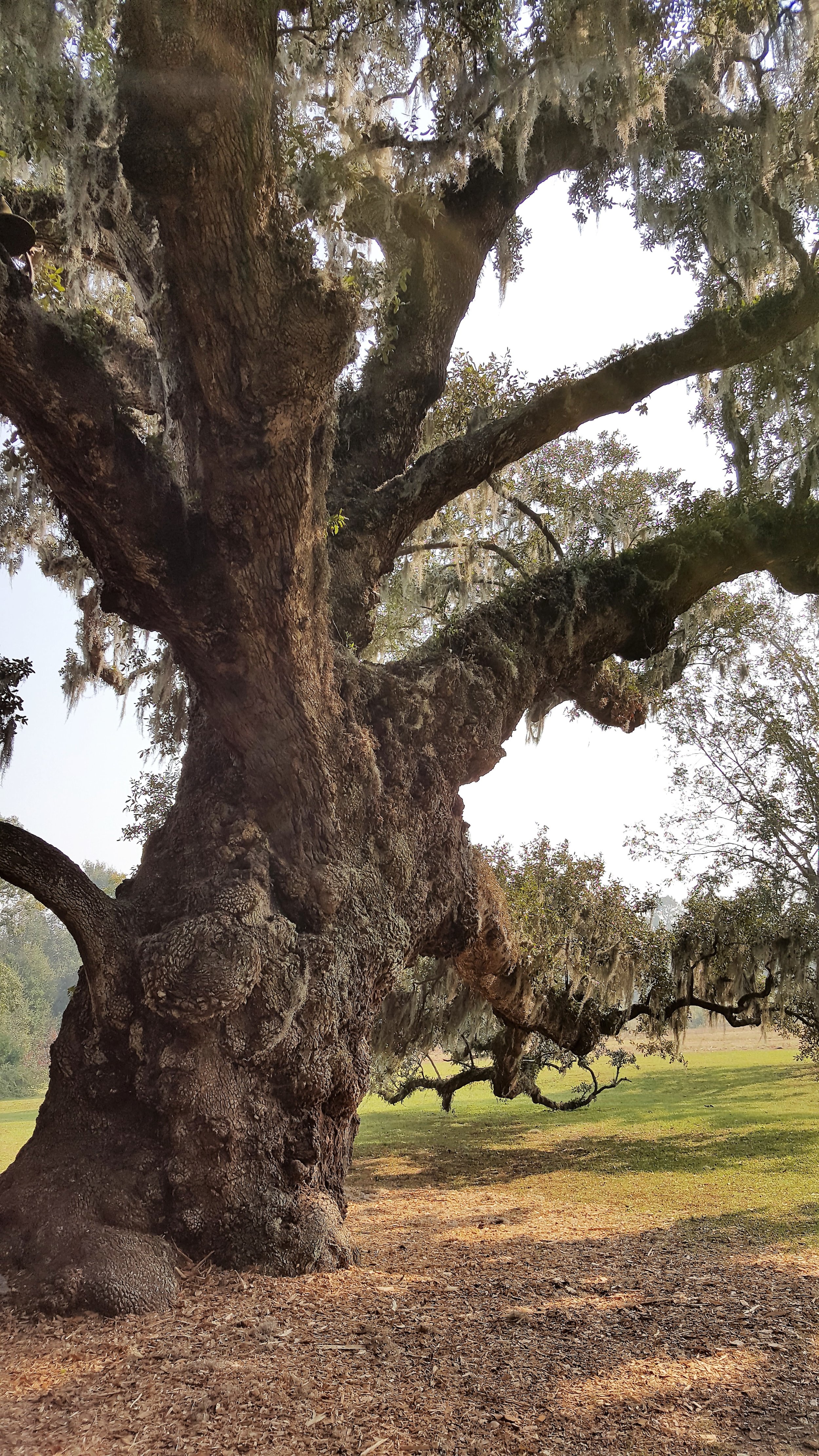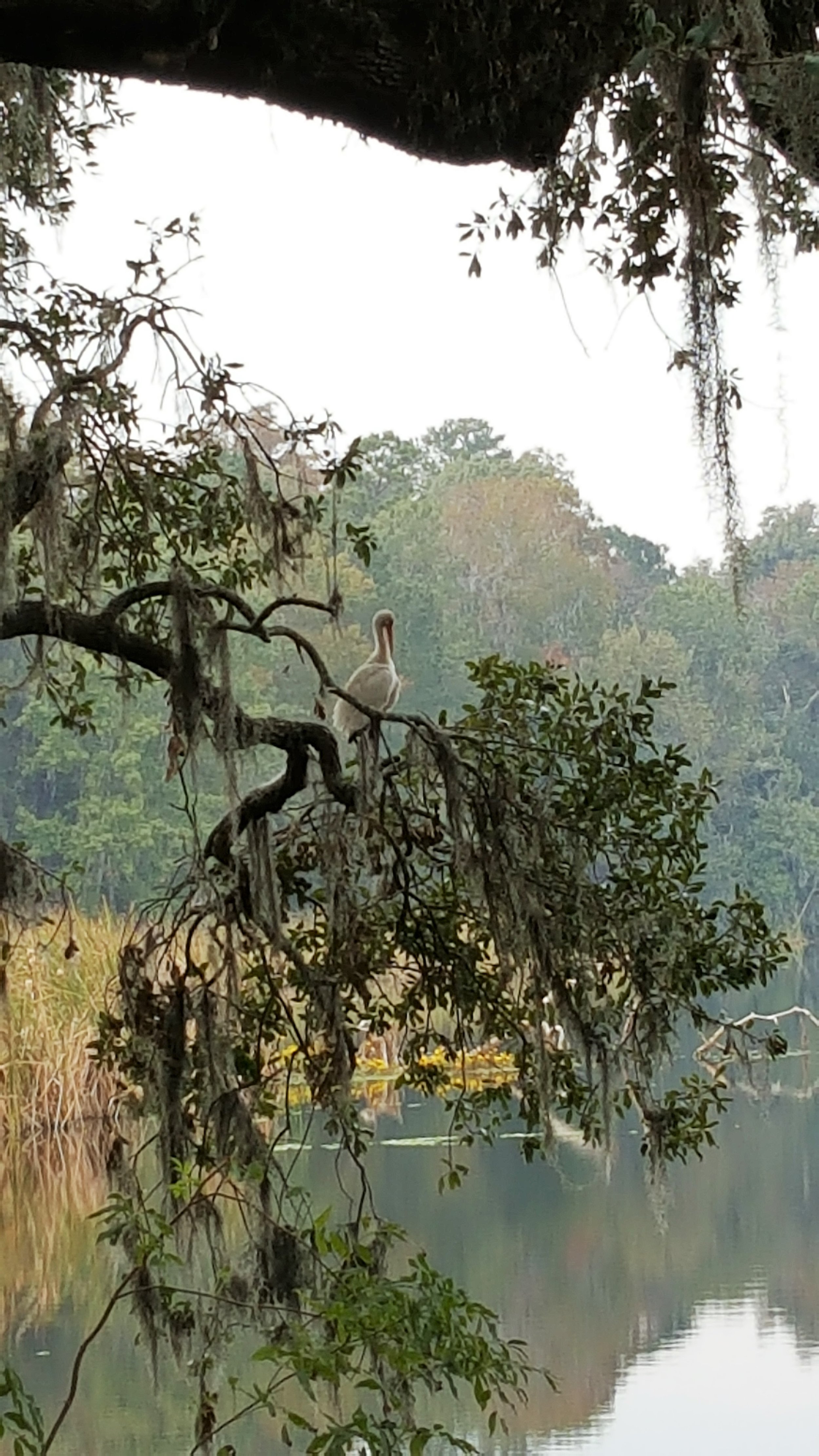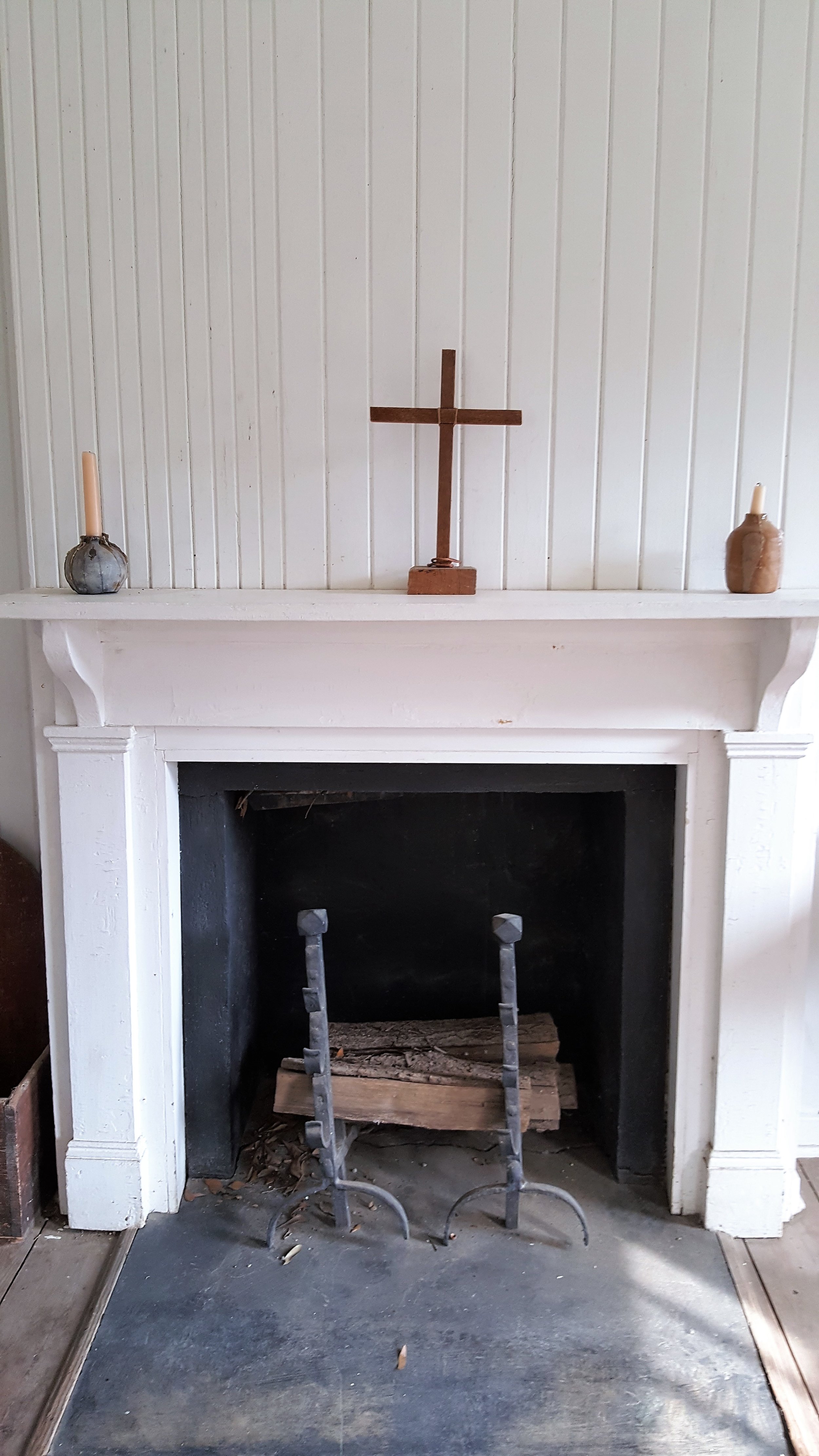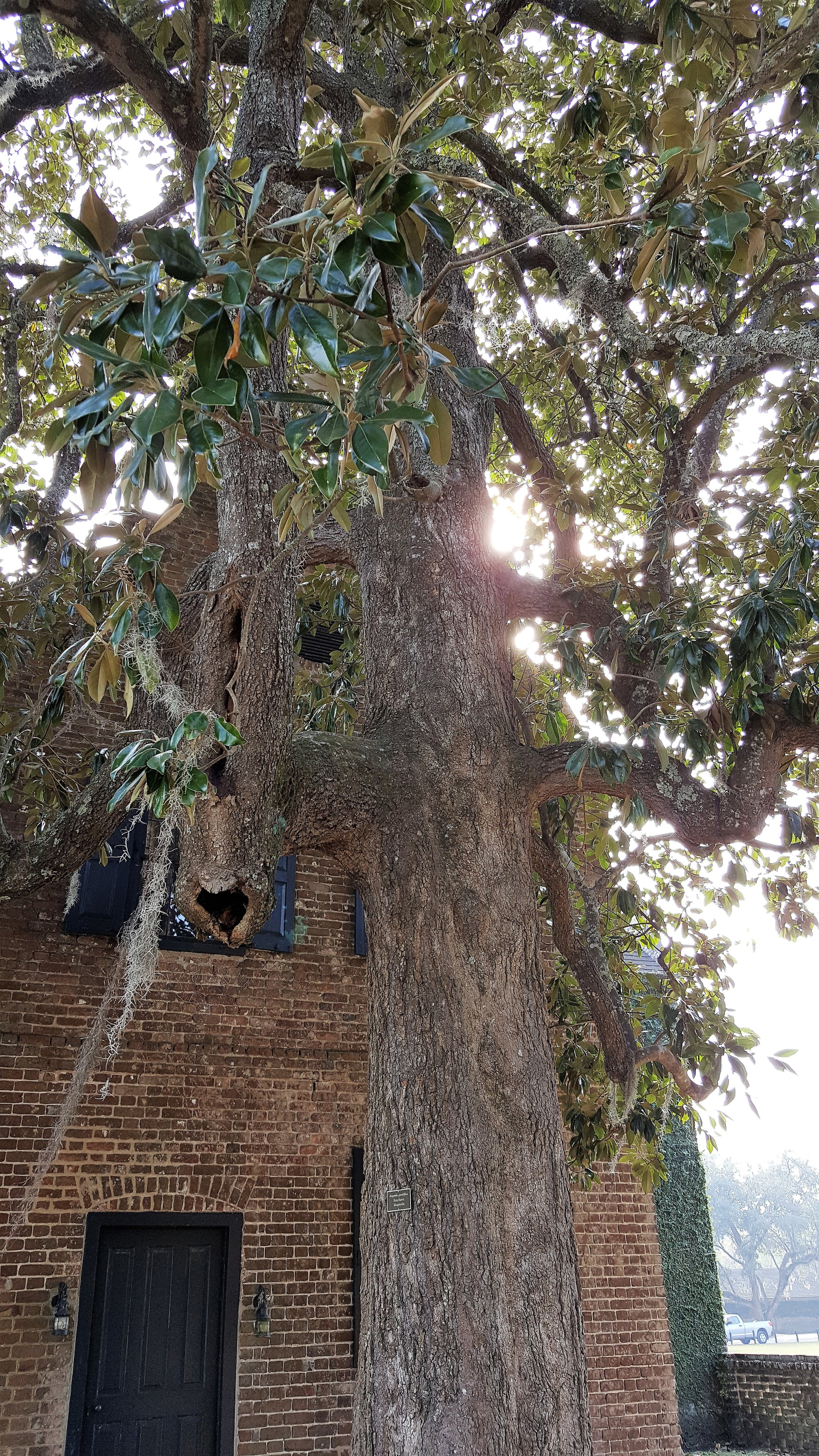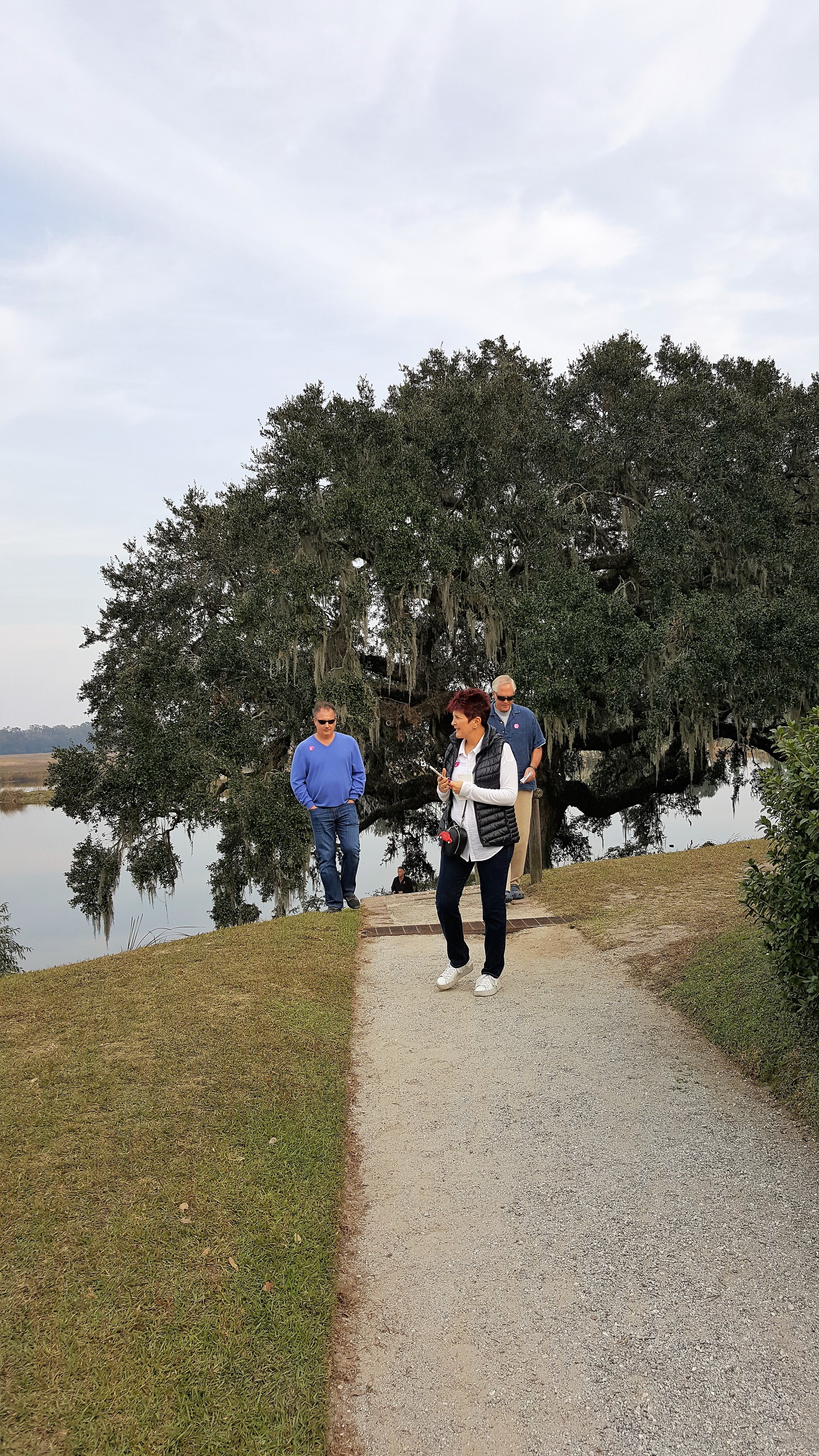Charleston Plantations
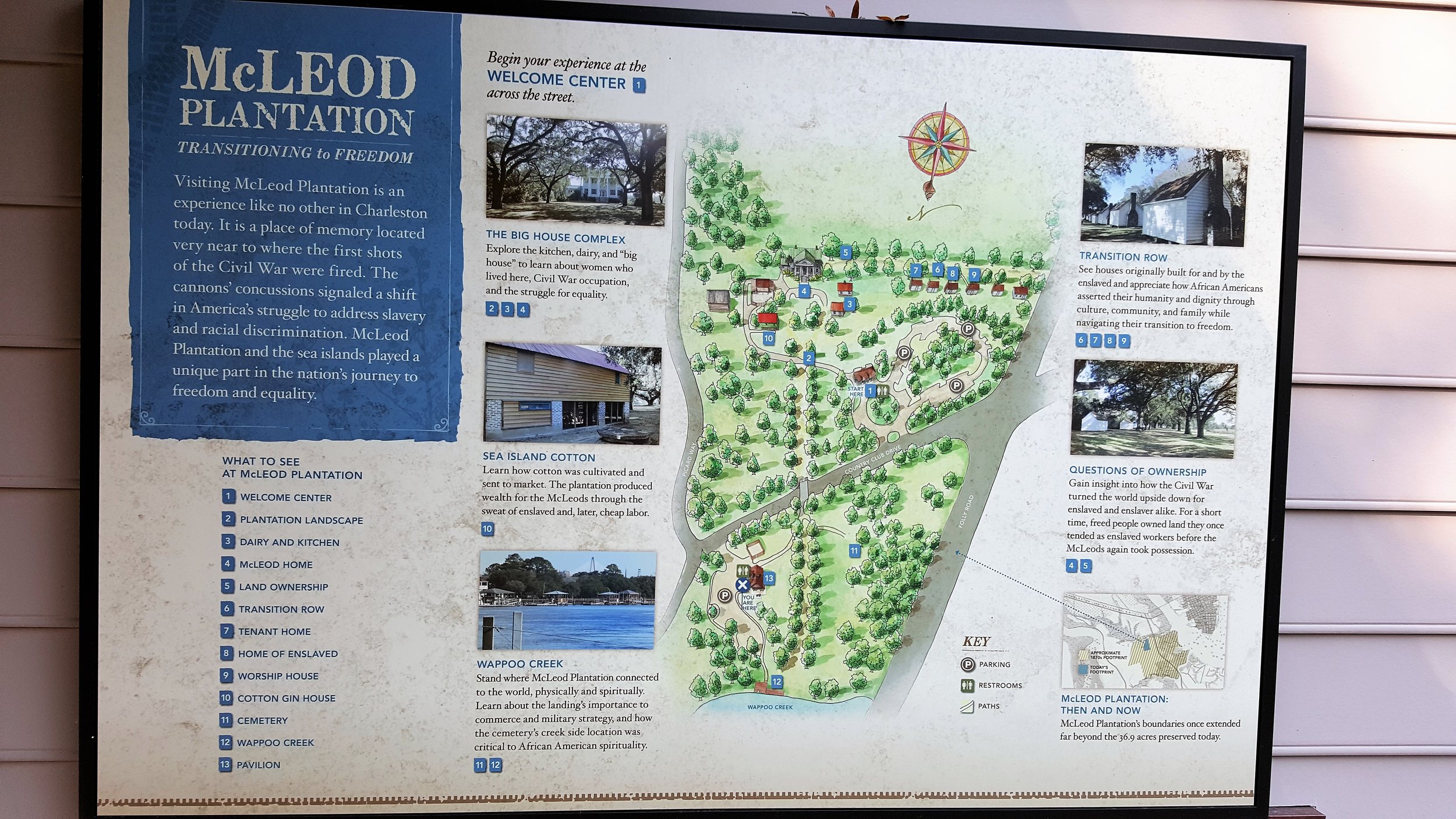
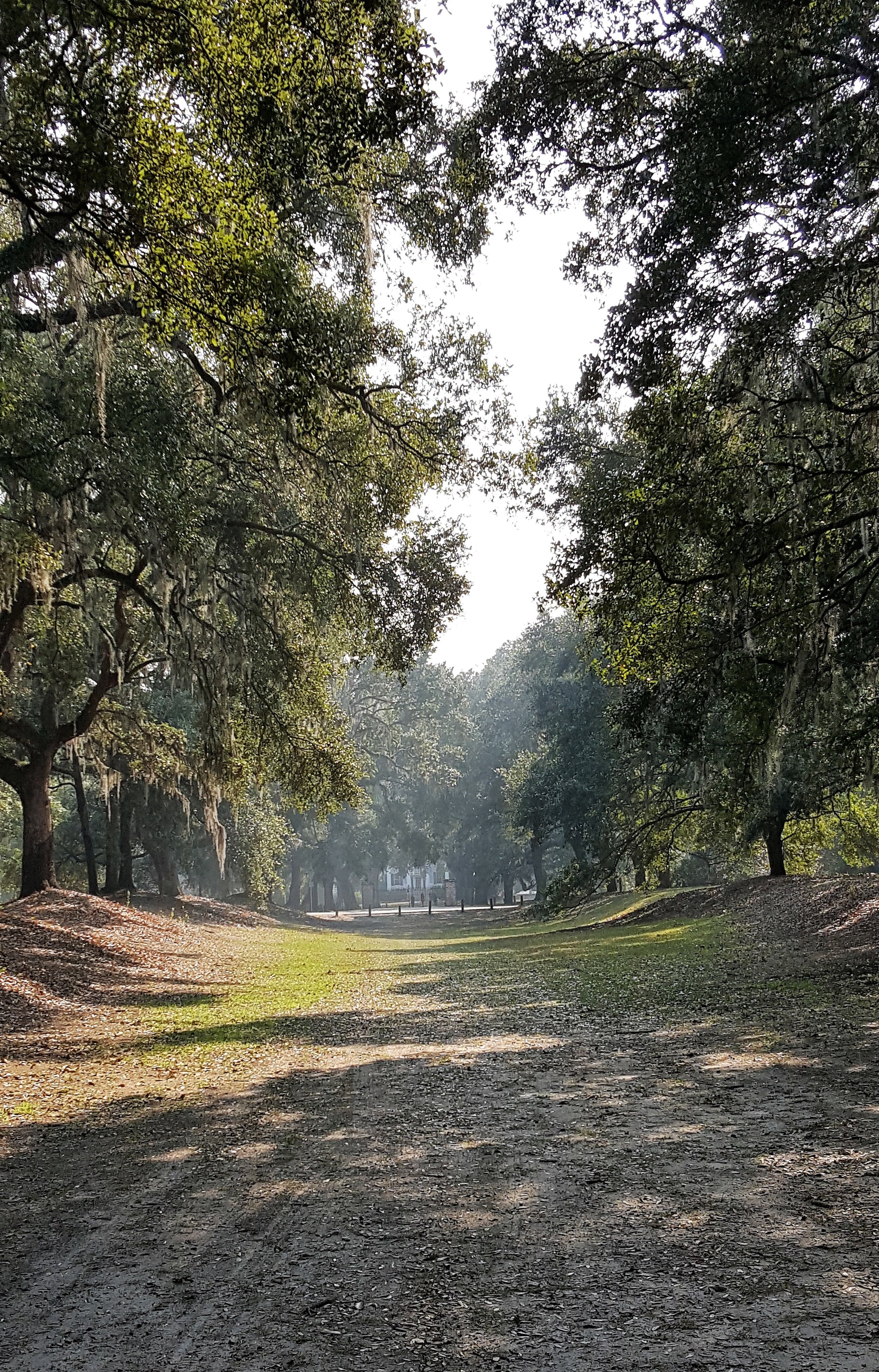
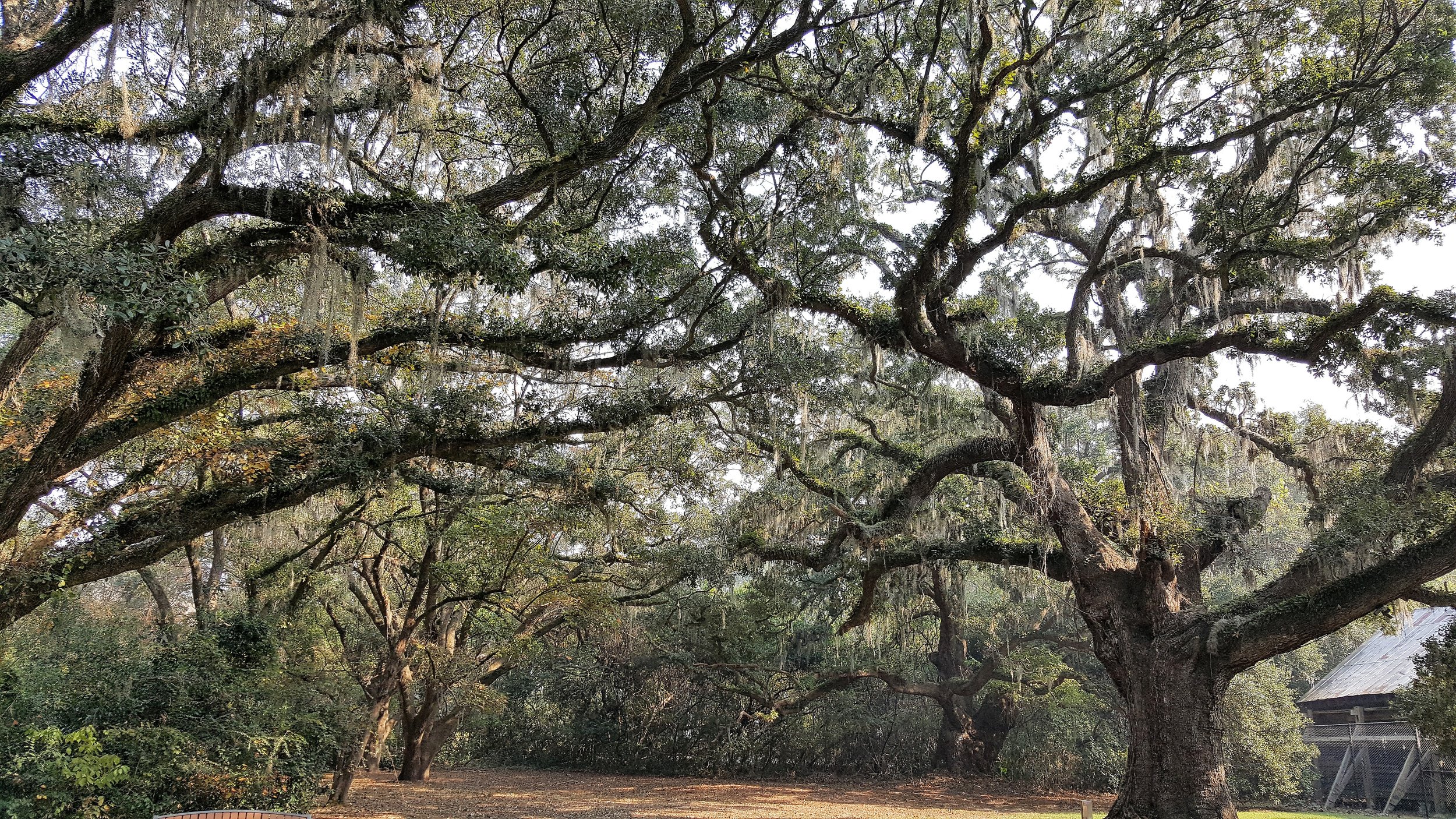
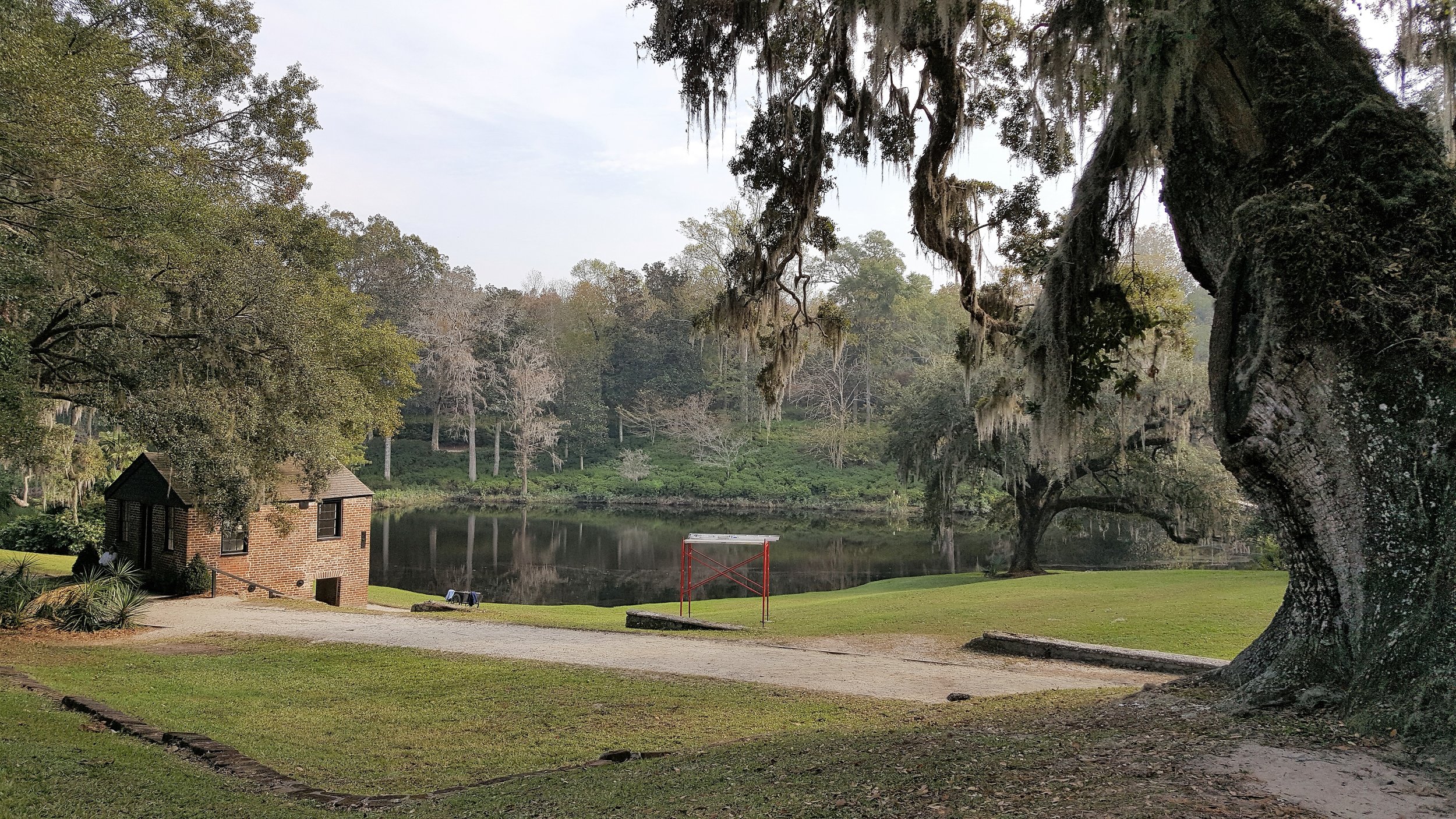
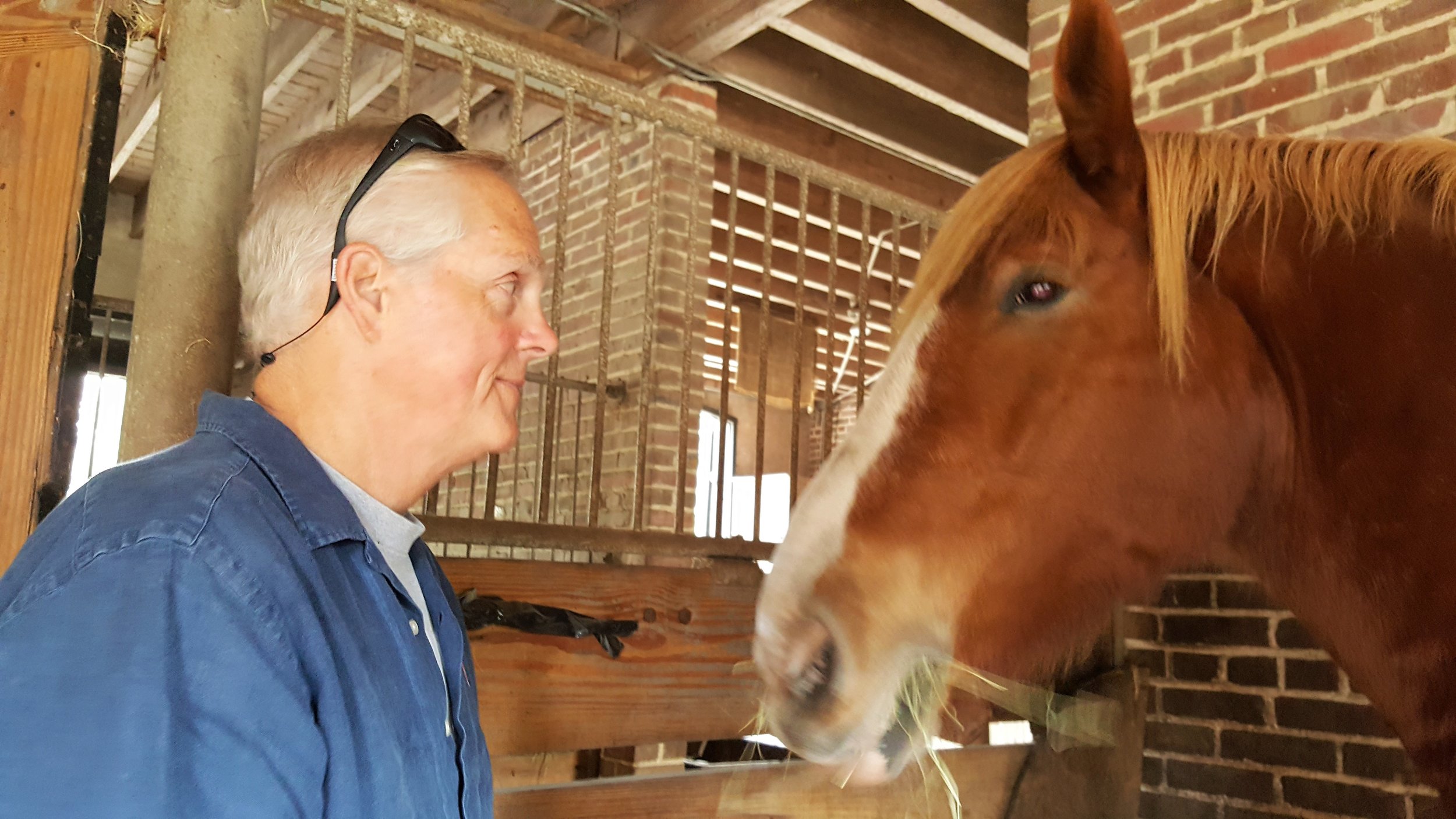
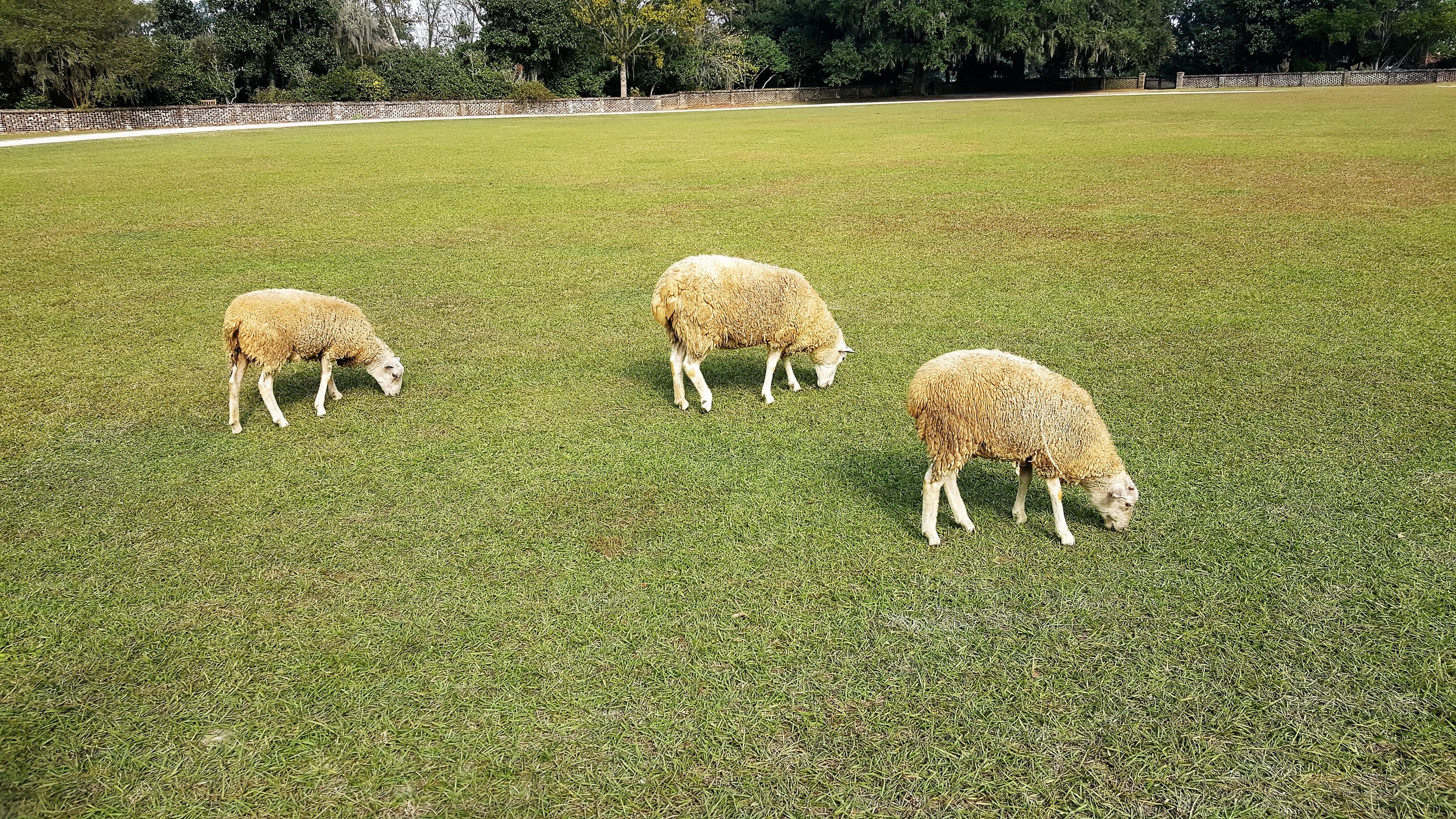
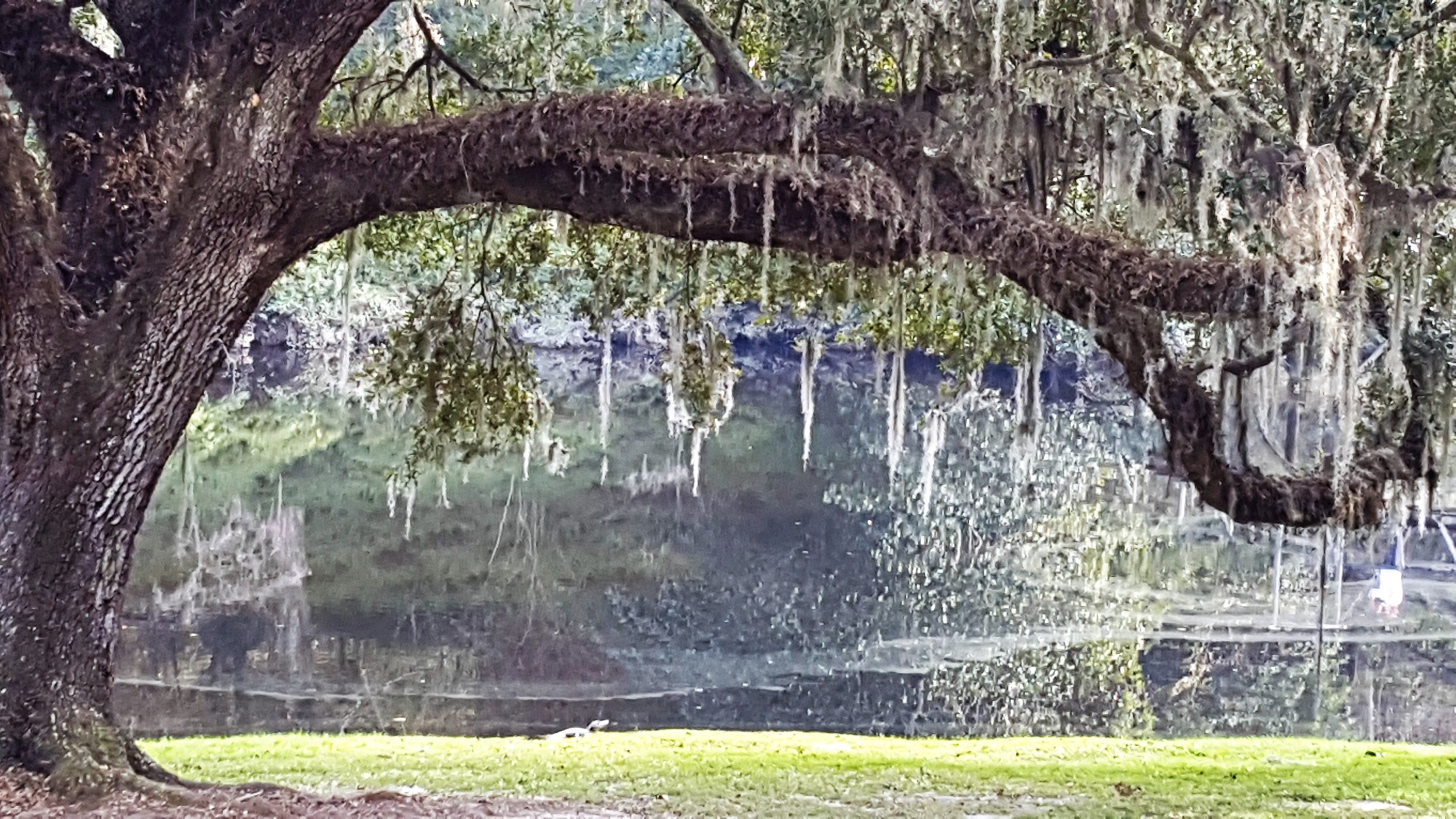
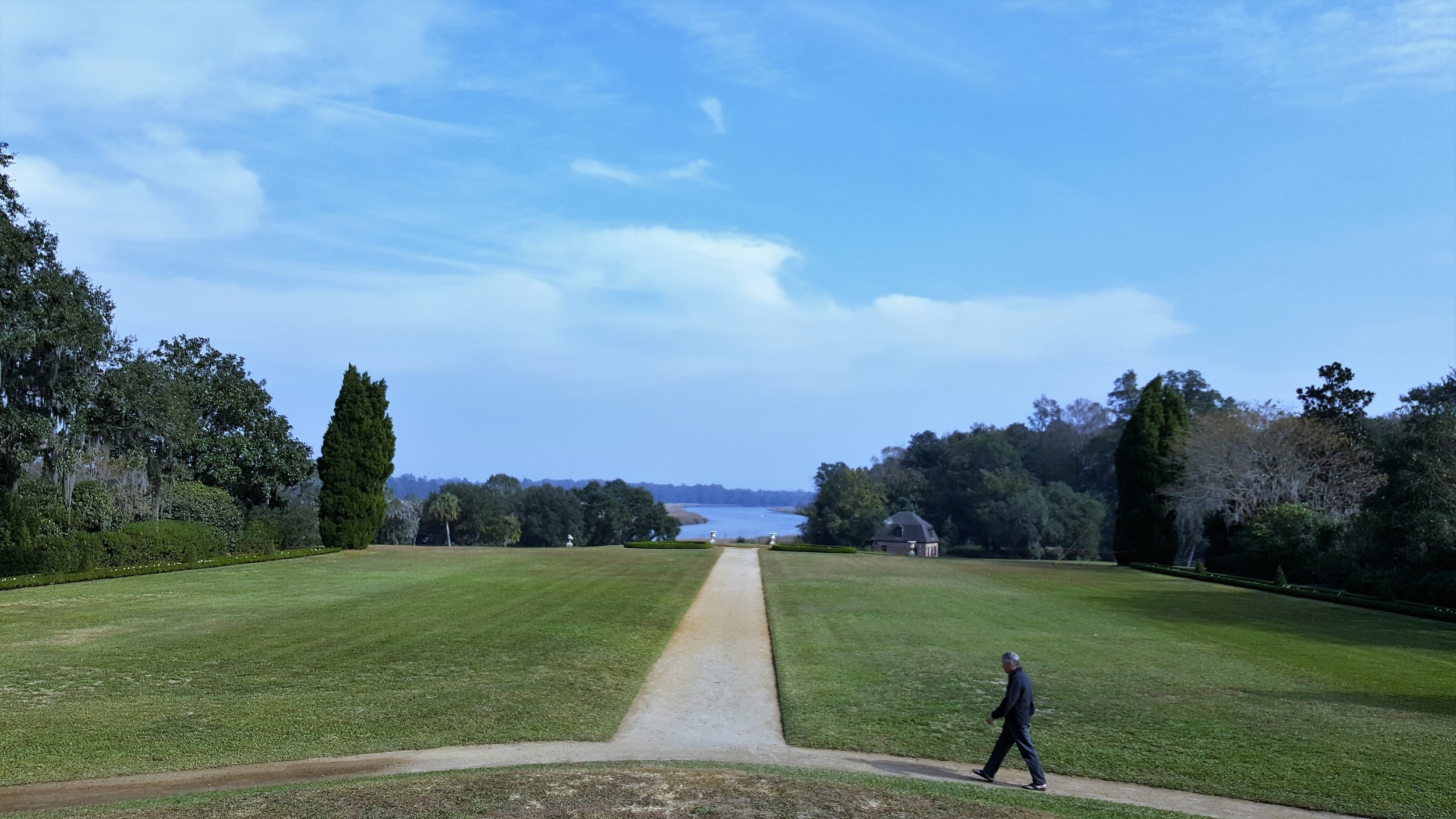
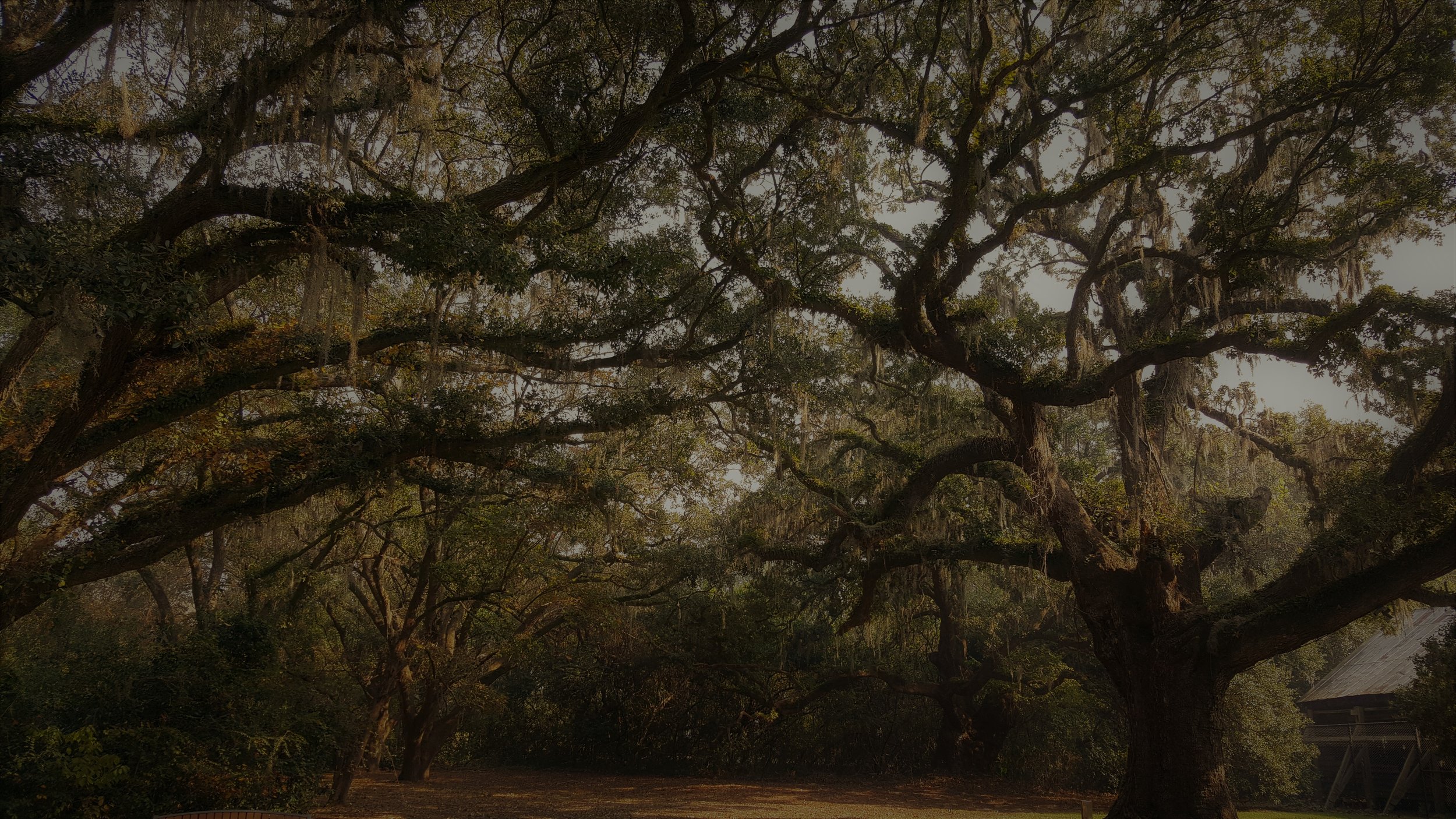
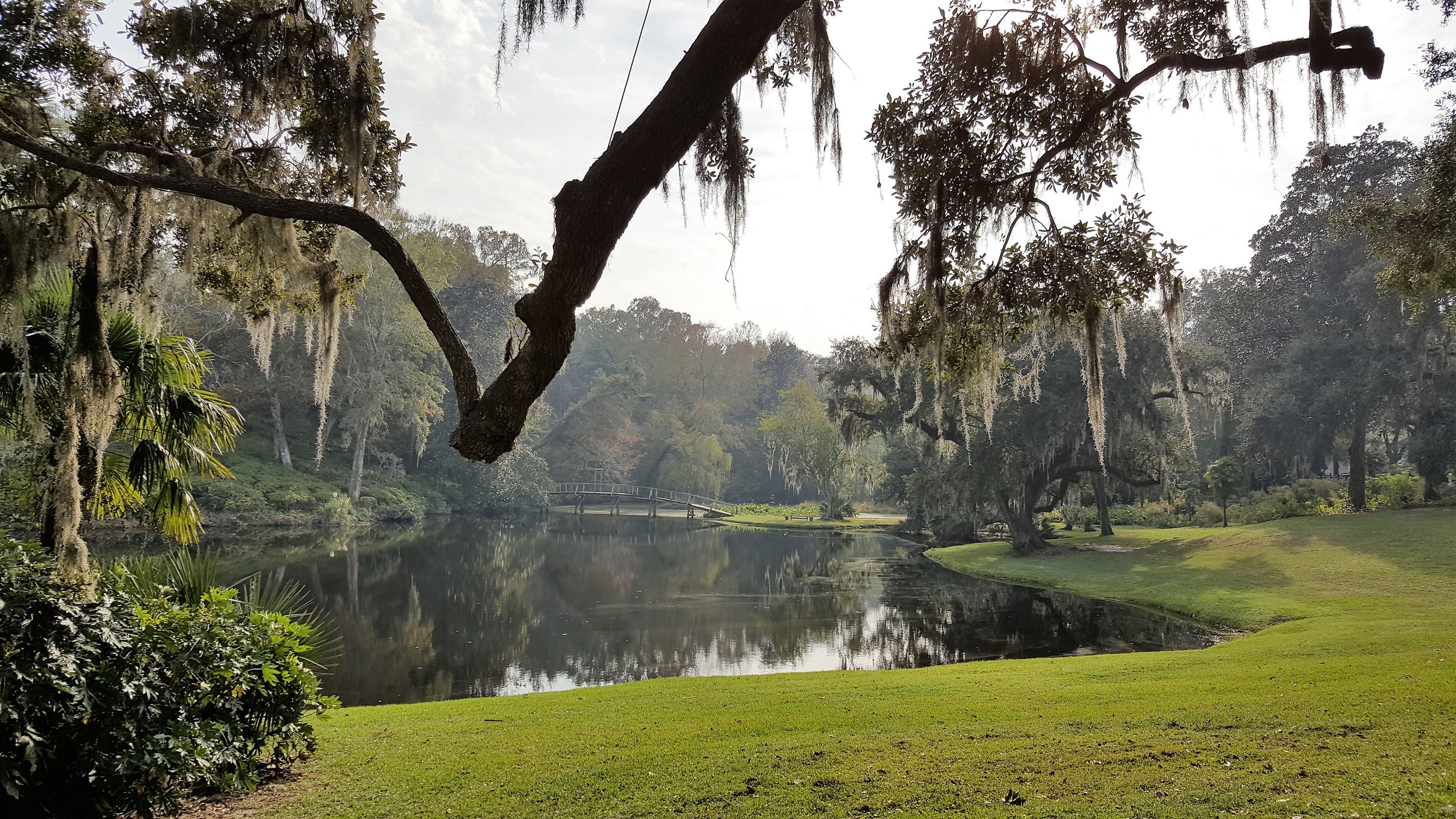
Middleton Place
The Charleston area – we call it the Lowcountry – is one of the best received travel destinations in the world. Here we are famous for our historical preservation, our food, our hospitality and the incredible natural beauty of this section of the Atlantic Coast. We are also famous for our painstakingly preserved rice and cotton plantations.
Middleton Place is a great plantation to visit especially on a gorgeous day. You can walk through the gardens, visit the house and even get a taste of what life might have been like during different periods of its existence. It is best known for having the oldest landscaped gardens in the US, which were laid out in 1741. Much of the original house was destroyed in the Civil War but what remains continued to house the Middleton family from 1705 until it was turned over by the family and opened to the public. In 1972 Middleton Place was declared a National Historic Landmark.
There is a small market and restaurant where you can casually dine on local southern cuisine and sandwiches. The Inn at Middleton Place has 55 rooms and a more formal restaurant.
The signature image of Middleton Place is it’s terraces that run from the home down to the water’s edge which was typically the first impression an 18th century visitor would have had when arriving by boat from Charleston, a few miles down the Ashley River. Off to the side of the gorgeous landscape are the rice fields, where slaves toiled in horrible conditions – out of sight from the Middleton family. There still exists some of the original slave quarters, Eliza’s House showing the contrast in lives of the past. There are also a number of animals on the property, including some magnificent draft horses.
Magnolia Plantation
Magnolia Plantation is just down the road from Middleton Place. It is best recognized by it’s walking bridge, the site of many weddings. It also has a beautiful home on display and a number of tours availabl,e as well as a zoo to visit.
Drayton Hall Plantation
If you are looking for architecture, close to both of these plantations is Drayton Hall, it is unfurnished and the grounds are not as elaborate, but its claim to fame is that it is the oldest unrestored plantation house open to the public.
McLeod Plantation
Closer to downtown Charleston is McLeod Plantation, just a few miles from the Peninsula. It is part of Charleston County Parks and Recreation. Though unfurnished, the simple house survived the Civil War as base for Union soldiers. The row of slave quarters were occupied until quite recently. It has a lovely row of original live oaks, though much beautification has been done recently to get the house ready for the public. McLeod grew mostly Sea Island Cotton, which at the time was considered some of the best cotton in the world. We suggest you take the tour. It is most educational and the docents don't pull any punches when it comes to the property's history.
Boone Hall Plantation
On the other side of Charleston, in Mt Pleasant, is Boone Hall Plantation. One of the longest surviving farms; it is still a working farm. The house is not the original, but the farm itself is and the avenue of oaks is spectacular. This is also a venue of many events including the largest oyster roast in the US. You can take a tour around the entire property, visit the house, wander to the cotton dock and also visit the slave quarters. What I love most about this place is the story teller at the slave quarters. Be sure to check times so you don’t miss this amazing performance and educational moment. It's a great opportunity to learn more about the Gullah/Gee Chee people and their culture.
Across the street from the entrance to Boone Hall is the Charles Pinckney National Historic Site. Managed by the National Park Service, this home belonged to one the signers of the Declaration of Independence, plantation owner and financier of the Revolution.

